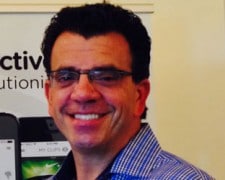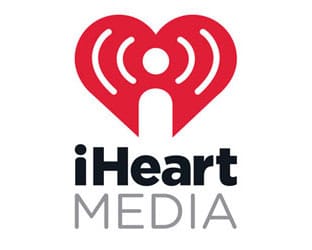 According to Bill Freund, a growing number of radio operators are in favor of adding over-air, mobile and digital station listening together as a single line of listenership results. He discusses why this is a good idea and how it can be used to grow ad sales.
According to Bill Freund, a growing number of radio operators are in favor of adding over-air, mobile and digital station listening together as a single line of listenership results. He discusses why this is a good idea and how it can be used to grow ad sales.
Simulcasting: The Future of Metrics for the Radio Industry
By Bill Freund, Chief Revenue Officer at Clip Interactive
Earlier this year, Nielsen Audio announced that more radio stations are warming up to the idea of single line reporting, which enables radio stations to combine the numbers of terrestrial broadcast listeners with the streaming audience. This creates a more accurate way of measuring the reach of the station’s total listening and a better way to monetize the total audience.
The simulcast approach is a great solution for combining all efforts of the station and selling 100% of the audience rather than a bifurcated approach that dilutes the offering.
With all the effort and infrastructure that has gone into it, streaming still only accounts for 5%-7% of all listening for terrestrial stations, and this is after Triton Webcast Metrics has shown that the top 20 terrestrial broadcasters have grown their streaming audiences by 21% over the past 18 months. So, why put so much effort into an audience that accounts for less than 1.3M AQH streaming listeners verses the 20M AQH plus on broadcast? Why not focus on 100% of the audience and enable digital capabilities to the entire audience?
Simulcasting for the Radio Industry
For the industry, simulcasting is still up for debate. While more radio stations are adopting Total Line Reporting (TLR), many prefer to segment their audience in order to sell the digital and broadcast ads separately. They prefer this method because they believe that this is the best way to increase revenue.
However, by leveraging interactive radio technology that is currently being utilized by a number of prominent media groups throughout the U.S., stations are able to capture the best of both worlds — the valuable metrics associated with digital advertising and the broad and diverse reach of broadcast. This actually gives broadcasters the opportunity to enhance their current advertising offerings and approach potential buyers with one audience, one price and one monetization strategy at the scale of the broadcast audience.
Time and effort selling a separate digital streaming audience for pennies on the dollar does not provide enough ROI. However, selling 100% of the audience at the broadcast CPMs creates a higher ROI for the time and effort of sales people. This strategy has proven to not only produce new and incremental revenue, but also increase the total revenue for the station by up to three percent in a single year.
Simulcasting for Radio Stations
For radio stations utilizing interactive broadcast radio technology, simulcasting can help streamline advertising and enable direct engagements with the listener.
The concept of simulcasting goes hand in hand with interactive radio to simplify advertising and increase engagement with the listener. For instance, if a listener hears an advertisement over the broadcast, stream or the FM chip they can then interact with the content through a mobile app by directly connecting with that advertiser by viewing a coupon, going to a website for more information or taking a poll. In this case, the listener’s experience is not confined to a single mode of transmission. It’s no longer broadcast or digital. It’s broadcast and digital, providing a total audience solution for advertisers.
While many radio stations are on the fence about simulcasting and TLR, there is no doubt that the concept will have a major impact on the radio industry. Soon, stronger data and increased revenues will encourage more radio stations to adapt to a total audience solution, which will enhance the listening experience for consumers and move the needle for the industry as a whole.
Bill Freund is the EVP/ Chief Revenue Officer at Clip Interactive. He has 20 years in the Radio & Digital media business working with all aspects of Radio-Broadcast, Web, Mobile & Social. Bill founded, built and managed Triton Media, the largest end-to-end digital solution suite for Radio streaming and has developed and managed new revenue streams for radio from $25-$300 million. He can be reached at [email protected]





